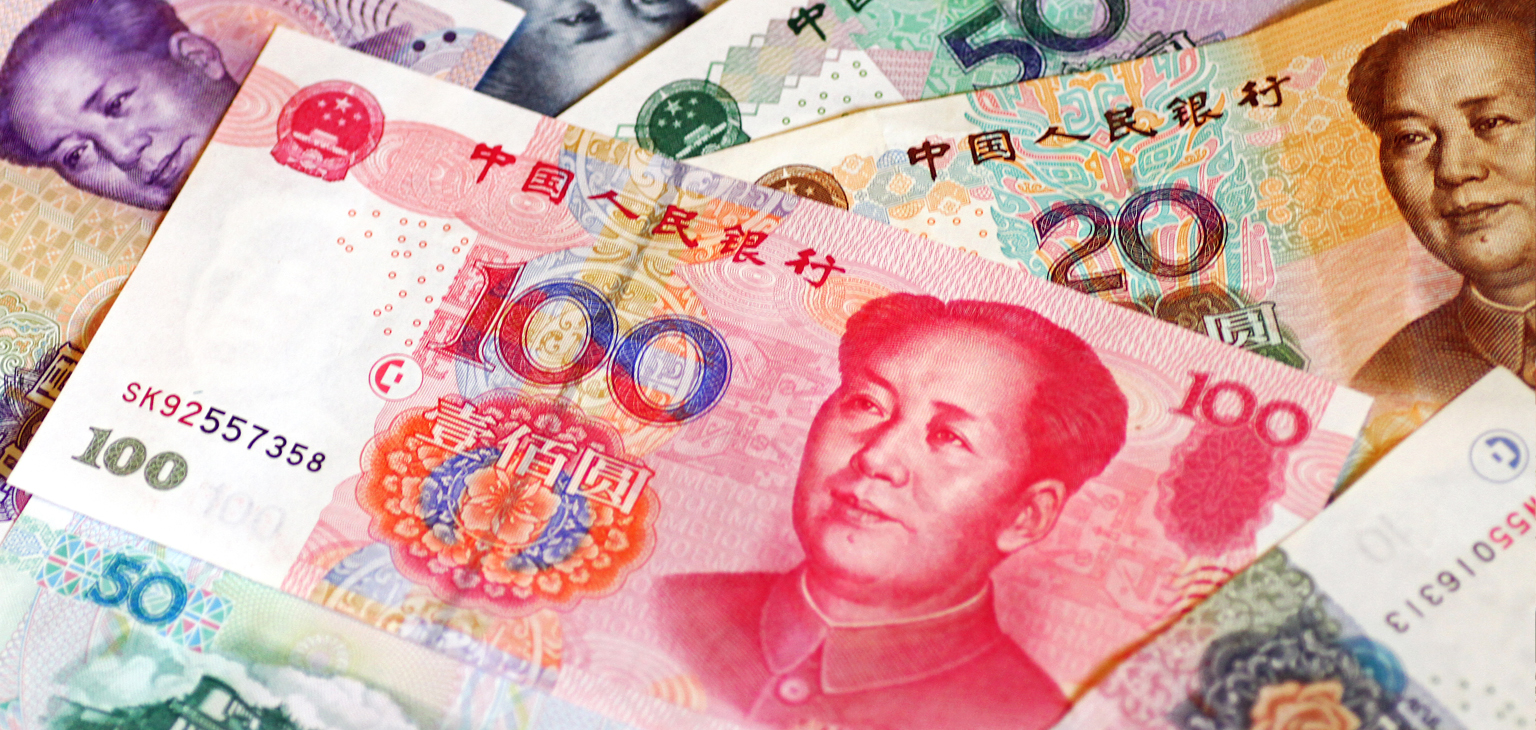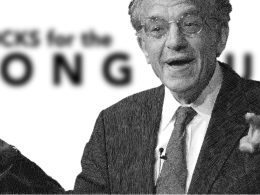by Jeffrey Kleintop, Senior Vice President and Chief Global Investment Strategist, Charles Schwab & Co., Inc.
Key Points
- If the stock market gains of the past 10 years are largely attributable to central bank purchases, then the return of growth to central bank balance sheets that began this month would be a strong positive signal for stock market investors.
- Yet, analysis reveals no consistent relationship between growth in central bank balance sheets and growth in the stock market on a rolling 12 month basis.
- As we head into 2020, investors should be cautious in assuming that the return of central bank balance sheet growth means stocks will follow along.
There seems to be a widely held view that Quantitative Easing (QE), more specifically central bank bond purchases, lifts the stock market. Some expand this view further believing the stock market gains of the past 10 years are largely attributable to central bank purchases, supported by the fact that central bank balance sheets and the stock market have both generally been on the rise since the financial crisis, as you can see in the chart below.
On the rise: central bank assets and stocks

Fed=Federal Reserve, ECB=European Central Bank, BOJ=Bank of Japan
Source: Charles Schwab, Bloomberg data as of 11/22/2019. Past performance is no guarantee of future results.
This would suggest that when central banks are buying investors should expect gains, and when they are not stocks may struggle. If true, the return of growth to central bank balance sheets that began this month would be a strong positive signal for stock market investors.
Yet, history doesn’t support such a simplistic relationship. There have been periods over the past 10 years when central banks slowed their buying or even trimmed their balances sheets and stocks still went up and periods when the banks increased their purchases yet stocks slid. In fact, central bank balance sheets shrank during much of 2019’s global stock market rally. Now that central bank balance sheets are back to growing again, it’s worth taking a look at this relationship and what it may tell us about the stock market in 2020.
The chart below shows little to no consistent relationship between growth in central bank balance sheets and growth in the stock market on a rolling 12 month basis.
No consistent relationship: growth in QE and stocks appear unrelated

Source: Charles Schwab, Bloomberg data as of 11/22/2019. Past performance is no guarantee of future results.
A driver of the upturn in central bank assets in the past month seen at the end of the above chart can be found in Europe. The European Central Bank (ECB) restarted QE on November 1. Looking at the relationship between the ECB’s balance sheet and the European stock market we can see that while both have risen over time, they have done so out of sync with each other. European stocks fell as the ECB balance sheet grew and rose as the balance sheet shrank, as you can see in the chart below.
Out of sync: the ECB balance sheet and Europe’s stock market

Source: Charles Schwab, Factset data as of 11/22/2019. Past performance is no guarantee of future results.
Instead of tracking QE, stocks moved more in sync with the outlook for growth in the economy and earnings. The growth outlook worsened in 2011 with the European debt crisis, in 2015 as China slowed and oil prices plunged, and in late 2018 as the trade war heated up. Sometimes central banks increased asset purchases in response to these threats, but it’s more likely that stocks tracked changes in the outlook rather than the central bank responses.
As we head into 2020, investors should be cautious in assuming that the return of central bank balance sheet growth means stocks will follow along. The real driver of the stock market in 2020 may be the outlook for growth tied to prospects for a comprehensive U.S.-China trade deal, which may revive growth in manufacturing and corporate earnings.
Copyright © Charles Schwab & Co., Inc.














